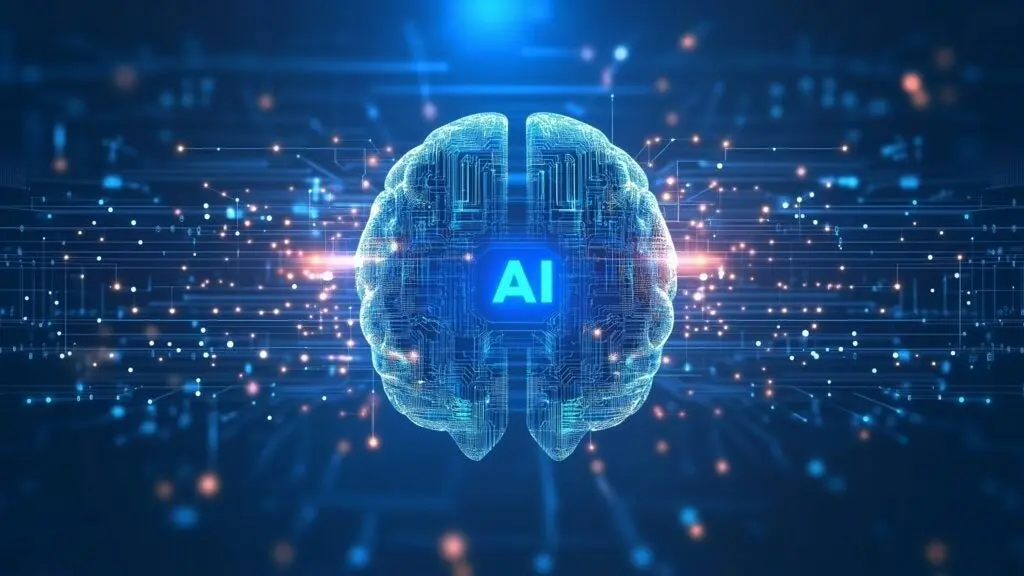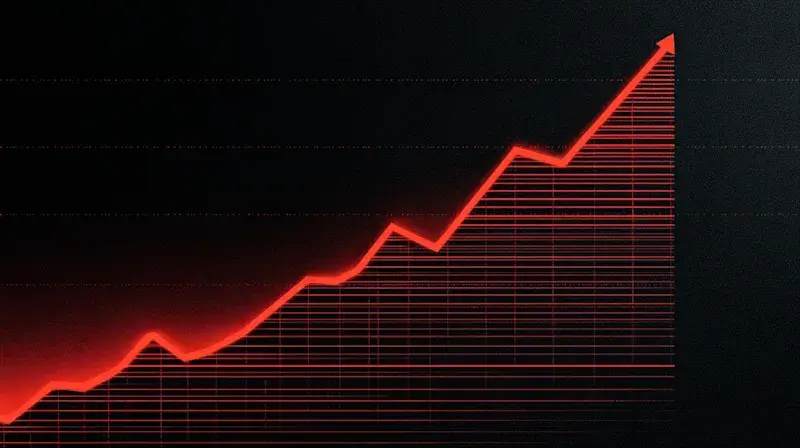UK Biobank Completes World's Largest Whole-Body Imaging Project: A Milestone in Medical Research
3 Sources
3 Sources
[1]
UK Biobank completes world's largest whole-body imaging project
UK BiobankJul 16 2025 In a remarkable achievement that is already impacting how we detect and diagnose disease, UK Biobank has completed the world's largest whole body imaging project, scanning the brains, hearts, abdomens, blood vessels, bones and joints of 100,000 volunteers. These scans, on this scale, show us what is happening in people's bodies as they age so we can understand how, why and when we get sick. Since 2015, UK Biobank's imaging data have been released in batches and scientists around the world are using these data to develop better diagnostic tests for life-altering conditions such as heart disease, dementia and cancer. Soon, approved researchers will have access to over one billion de-identified images, from 100,000 volunteers. Used alongside UK Biobank's existing information on lifestyle, medical history, genetics and blood proteins collected from the same volunteers over the past 15 years, these imaging data allow researchers to see, in ways that were previously impossible, how all aspects of our lives influence our health. So far, over 1,300 peer-reviewed scientific papers have been published based on UK Biobank's imaging data. Results from these are already improving patient care in the NHS and beyond. For example: NHS memory clinics across the UK now use processes developed from UK Biobank to analyse brain magnetic resonance (MR) images, helping to more accurately diagnose dementia. Cardiac care has been improved in over 90 countries as clinicians use an AI tool, developed using UK Biobank data, to analyze heart scans in less than a second - where it used to take nearly a quarter of an hour - allowing them time to focus on the cases that require most care. After 11 years, 100,000 imaging appointments lasting around 5 hours each, and over £60 million investment, UK Biobank has reached this momentous milestone. The unprecedented scale of this imaging project - more than 10 times bigger than anything that existed before - makes it possible for scientists to see patterns of disease that just couldn't otherwise be seen. Collecting scans from 100,000 volunteers seemed to be a pipe dream... some experts even asked if we'd included an extra zero by mistake! This massive imaging project is making the invisible visible. What's more, by combining these images from different parts of the body with all the genetic and lifestyle information from our volunteers, scientists are getting a far better understanding of how our bodies work." Sir Rory Collins, Professor, Principal Investigator and Chief Executive, UK Biobank During each appointment, over 12,000 Magnetic Resonance (MR) images from the brain, heart and abdomen were collected per person, as well as whole body scans that measure bone density and body fat, and an ultrasound of the carotid arteries. Each volunteer also provided the same detailed data as when they first signed up to UK Biobank around 15 years ago, including lifestyle information, physical measures (like height, weight and grip strength), and a blood sample. "I signed up to my imaging appointment because I want to help create a healthier future for all of us to enjoy. That's why I first volunteered to be part of UK Biobank over 15 years ago - to be of use to scientists who are working hard to help future generations," said, Alison, a member of UK Biobank's Participant Advisory Group. Imaging data on this scale provides more information on rare diseases and the different stages of common diseases. Scientists can also better compare healthy bodies to ones with multiple conditions, ultimately leading to researchers finding more powerful markers of disease. "UK Biobank's imaging study has transformed the landscape of biomedical research forever. The sheer volume of data propelled major advances in computerized image analysis. Now researchers can measure the size, shape, and composition of nearly every organ and tissue in the body in seconds, rather than hours per person," said, Professor Louise Thomas, Professor of Metabolic Imaging at the University of Westminster. As well as providing impacts which are benefiting patients right now, these imaging data are driving discovery science, which should lead to new diagnostic tests and treatments. These include: Developing an AI model that creates a personalized version of a healthy heart (based on the individual's age, sex, weight and height), that could be used to pinpoint the differences between a patient's real heart and its healthy model and catch potential signs of heart diseases early. Revealing how our organs can be biologically older than our chronological age, so that doctors might be able to look at someone's body scan and clinical data to see what organs are at risk of developing disease, and find ways to prevent it, ultimately extending lifespan. Uncovering new ways in which the heart and brain are connected. For example, how structural changes to the heart cause an increased risk of psychiatric disorders, including depression. This is crucial for our understanding of brain diseases. Highlighting how an invasive surgical procedure can be replaced with an MRI scan to diagnose and monitor a common condition called fatty liver disease. Predicting the early onset of 38 diseases by combining MR images with other health data and using AI, showing the power of advanced technology to foresee health risks well before symptoms appear. Showing how consuming one to two units of alcohol per day is linked to potentially harmful reductions in brain size and brain structure, which is likely to lead to an increased risk of memory loss and dementia. Revealing that people with the same BMI can store fat in very different ways based on their genes - some which raise the risk of diseases such as diabetes and heart disease, and others in a protective way. Using DEXA scanning to identify that 1 in 10 middle-aged people, with no other symptoms, have calcification in the abdominal area of the aorta (main blood vessel of the body), a largely under-diagnosed lethal condition. Data on this scale are unlocking opportunities to use machine learning to help predict disease years before symptoms start to appear. "The beauty of UK Biobank is the breadth of the data collected from the generous volunteers, and the imaging scans add another layer of exquisite detail. One recent study used the brain imaging data from 20,000 participants, along with activity monitoring and genetic data, to develop an AI tool to predict who may go on to develop Alzheimer's and Parkinson's diseases. I can't wait to see what imaging data on 100,000 individuals will reveal!" said, Professor Paul Matthews, Chair of the UK Biobank Imaging Working Group. This project has also led to a global democratization of access to imaging data, by turning the MR images into data that are useable by researchers outside the imaging field, including those in less wealthy countries. "We've had such incredible feedback about how researchers across the world are using findings from the imaging project in areas of science that would not have ever considered using body scanning information before," said, Professor Naomi Allen, Chief Scientist at UK Biobank. UK Biobank's imaging project was piloted in 2014 with over 7,000 volunteers scanned - a record-breaking number at that time. The main phase started in 2016, welcoming 100,000 of UK Biobank's 500,000 volunteers to a 5-hour imaging appointment at one of four dedicated imaging centers across the country. The project is continuing to invite UK Biobank's volunteers to imaging appointments beyond the 100,000 target. A second phase of the imaging project was launched in 2022, aiming to perform repeat imaging on 60,000 of these 100,000 scanned participants, at least two years after their first imaging appointment. This project is ongoing and expected to reach completion in 2029. UK Biobank data are made available to approved researchers in staggered releases via the secure cloud-based UK Biobank Research Analysis Platform (UKB-RAP). Imaging data from all 100,000 participants are expected to be made available to researchers by the end of 2025. UK Biobank
[2]
Record-breaking human imaging project crosses the finish line: Volunteers provide most detailed look inside the body
In a remarkable achievement that is already impacting how we detect and diagnose disease, UK Biobank has completed the world's largest whole body imaging project, scanning the brains, hearts, abdomens, blood vessels, bones and joints of 100,000 volunteers. These scans, on this scale, show us what is happening in people's bodies as they age so we can understand how, why and when we get sick. Since 2015, UK Biobank's imaging data have been released in batches and scientists around the world are using these data to develop better diagnostic tests for life-altering conditions such as heart disease, dementia and cancer. Soon, approved researchers will have access to over one billion de-identified images from 100,000 volunteers. Used alongside UK Biobank's existing information on lifestyle, medical history, genetics and blood proteins collected from the same volunteers over the past 15 years, these imaging data allow researchers to see, in ways that were previously impossible, how all aspects of our lives influence our health. So far, over 1,300 peer-reviewed scientific papers have been published based on UK Biobank's imaging data. Results from these are already improving patient care in the NHS and beyond. For example: * NHS memory clinics across the UK now use processes developed from UK Biobank to analyze brain magnetic resonance (MR) images, helping to more accurately diagnose dementia. * Cardiac care has been improved in over 90 countries as clinicians use an AI tool, developed using UK Biobank data to analyze heart scans in less than a second -- where it used to take nearly a quarter of an hour -- allowing them time to focus on the cases that require most care. After 11 years, 100,000 imaging appointments lasting around five hours each, and over £60 million investment, UK Biobank has reached this momentous milestone. "The unprecedented scale of this imaging project -- more than 10 times bigger than anything that existed before -- makes it possible for scientists to see patterns of disease that just couldn't otherwise be seen," said Professor Sir Rory Collins, Principal Investigator and Chief Executive of UK Biobank. "Collecting scans from 100,000 volunteers seemed to be a pipe dream... some experts even asked if we'd included an extra zero by mistake! This massive imaging project is making the invisible visible. What's more, by combining these images from different parts of the body with all the genetic and lifestyle information from our volunteers, scientists are getting a far better understanding of how our bodies work." During each appointment, over 12,000 MR images from the brain, heart and abdomen were collected per person, as well as whole-body scans that measure bone density and body fat, and an ultrasound of the carotid arteries. Each volunteer also provided the same detailed data as when they first signed up to UK Biobank around 15 years ago, including lifestyle information, physical measures (like height, weight and grip strength), and a blood sample. "I signed up to my imaging appointment because I want to help create a healthier future for all of us to enjoy. That's why I first volunteered to be part of UK Biobank over 15 years ago -- to be of use to scientists who are working hard to help future generations," said Alison, a member of UK Biobank's Participant Advisory Group. Imaging data on this scale provides more information on rare diseases and the different stages of common diseases. Scientists can also better compare healthy bodies to ones with multiple conditions, ultimately leading to researchers finding more powerful markers of disease. "UK Biobank's imaging study has transformed the landscape of biomedical research forever. The sheer volume of data propelled major advances in computerized image analysis. Now researchers can measure the size, shape, and composition of nearly every organ and tissue in the body in seconds, rather than hours per person," said Professor Louise Thomas, Professor of Metabolic Imaging at the University of Westminster. As well as providing impacts which are benefiting patients right now, these imaging data are driving discovery science, which should lead to new diagnostic tests and treatments. These include: * Developing an AI model that creates a personalized version of a healthy heart (based on the individual's age, sex, weight and height), that could be used to pinpoint the differences between a patient's real heart and its healthy model and catch potential signs of heart diseases early. * Revealing how our organs can be biologically older than our chronological age, so that doctors might be able to look at someone's body scan and clinical data to see what organs are at risk of developing disease, and find ways to prevent it, ultimately extending lifespan. * Uncovering new ways in which the heart and brain are connected. For example, how structural changes to the heart cause an increased risk of psychiatric disorders, including depression. This is crucial for our understanding of brain diseases. * Highlighting how an invasive surgical procedure can be replaced with an MRI scan to diagnose and monitor a common condition called fatty liver disease. * Predicting the early onset of 38 diseases by combining MR images with other health data and using AI, showing the power of advanced technology to foresee health risks well before symptoms appear. * Showing how consuming one to two units of alcohol per day is linked to potentially harmful reductions in brain size and brain structure, which is likely to lead to an increased risk of memory loss and dementia. * Revealing that people with the same BMI can store fat in very different ways based on their genes -- some which raise the risk of diseases such as diabetes and heart disease, and others in a protective way. * Using DEXA scanning to identify that one in 10 middle-aged people, with no other symptoms, have calcification in the abdominal area of the aorta (main blood vessel of the body), a largely under-diagnosed lethal condition. Data on this scale are unlocking opportunities to use machine learning to help predict disease years before symptoms start to appear. "The beauty of UK Biobank is the breadth of the data collected from the generous volunteers, and the imaging scans add another layer of exquisite detail," said Professor Paul Matthews, Chair of the UK Biobank Imaging Working Group. "One recent study used the brain imaging data from 20,000 participants, along with activity monitoring and genetic data, to develop an AI tool to predict who may go on to develop Alzheimer's and Parkinson's diseases. I can't wait to see what imaging data on 100,000 individuals will reveal." This project has also led to a global democratization of access to imaging data, by turning the MR images into data that are usable by researchers outside the imaging field, including those in less wealthy countries. "We've had such incredible feedback about how researchers across the world are using findings from the imaging project in areas of science that would not have ever considered using body scanning information before," said Professor Naomi Allen, Chief Scientist at UK Biobank. UK Biobank's imaging project was piloted in 2014 with over 7,000 volunteers scanned -- a record-breaking number at that time. The main phase started in 2016, welcoming 100,000 of UK Biobank's 500,000 volunteers to a five-hour imaging appointment at one of four dedicated imaging centers across the country. The project is continuing to invite UK Biobank's volunteers to imaging appointments beyond the 100,000 target. A second phase of the imaging project was launched in 2022, aiming to perform repeat imaging on 60,000 of these 100,000 scanned participants, at least two years after their first imaging appointment. This project is ongoing and expected to reach completion in 2029. UK Biobank data are made available to approved researchers in staggered releases via the secure cloud-based UK Biobank Research Analysis Platform (UKB-RAP). Imaging data from all 100,000 participants are expected to be made available to researchers by the end of 2025.
[3]
World's biggest human imaging project reaches new milestone after scanning 100,000th UK volunteer
Please use Chrome browser for a more accessible video player Steve's morning starts lying still in the clanging magnet of an MRI machine as his body is slowly scanned from neck to knee in intimate detail. Then it's on to another MRI scanner, followed by X-rays of his bones, ultrasound on his neck, blood and other samples, medical tests and questionnaires - in all five hours of his time. A test of patience you'd admire in any patient - only Steve is perfectly healthy. He's a volunteer in the UK Biobank project, giving up his time to help complete the world's largest medical imaging dataset. His motivation: that his data may help where he can't. "My mum in particular at the moment now, is suffering from early stages of dementia, close friends have had cancer." "Giving up my time now... is going to help medical research in the future." Even more remarkable is that Steve is the 100,000th volunteer to have willingly gone through the process. Each one allows their carefully anonymised images (it's why we're only using Steve's first name) as well as their biological samples, medical and lifestyle histories, available to the world's medical researchers in perpetuity. "The unprecedented scale of this imaging project - more than 10 times bigger than anything that existed before - makes it possible for scientists to see patterns of disease that just couldn't otherwise be seen," said Professor Sir Rory Collins, chief executive of UK Biobank. "Combining these images from different parts of the body with all the genetic and lifestyle information from our volunteers, scientists are getting a far better understanding of how our bodies work," he said. Given the time and complexity of whole-body imaging, it's a project many scientists believed would never work. "When we started, some people thought that we got our numbers wrong," said Prof Naomi Allen, chief scientist at UK Biobank. "Surely we wanted to scan at 10,000 participants... not 100,000. And yet, here we are." The UK Biobank was already a powerful resource for medical research. Since 2003, it has recruited half a million people in Britain between the ages of 40 and 69 with the aim of following each of them as they age. It's long been the world's most comprehensive biomedical data resource used in more than 60 countries by at least 20,000 researchers, providing new insights into everything from Alzheimer's and heart disease to long COVID and cancer. Adding imaging data from a fifth of those participants should make it even more useful. "Many of the common diseases of middle of late life, heart disease, dementia, cancer, Parkinson's disease, they can take many years to develop before you have symptoms," said Prof Allen. "What these scans will be able to do is to identify those warning flags, the early starts of the disease process, very early on." Seeing those changes early in scans and being able to relate them to the underlying biology and lifestyle histories of such a large number of people, could point to new treatments, or new targets for existing treatments, that could prolong healthy lives. In the decade since the imaging part of the study began, researchers have already published 1,300 studies based on the new data. NHS memory clinics are using techniques developed in the study to better diagnose dementia from MRI images. An AI tool, developed using Biobank images of the heart, is being used in over 90 countries to analyse heart scans in less than a second that previously took 15 minutes to process. And it is advances in AI that are expected to make even more of the overwhelming 30 petabytes of data contained within the Biobank database and imaging programme. Read more from Sky News: Sleep problems linked to dementia AI can detect over 1,000 diseases White wine could cut heart risk "When we were doing manual analysis of this data, it would take me about a day just to measure how much fat somebody had," said Louise Thomas, a professor of metabolic imaging at the University of Westminster. "We predicted [Biobank data] would take us thousands of years of manual analysis. Now, we use a small amount of manual analysis to train the AI models in how to do it and we can analyse everything in seconds. It's quite extraordinary." AI analysis isn't perfect, but it has already helped guided Thomas's team to identify the types of patient at increased risk of heart aneurysm, the relationship between fat stored in muscle, age-related muscle loss and risk of falls, and revealing that up to a quarter of the UK population have unhealthy levels of fat in their liver - a key driver of liver disease that is a costly burden on the NHS. As the scale and value of datasets like UK Biobank grow, so too will questions about how the not-for-profit, open-access project protects its volunteers' data, and the kind of individuals and companies that may profit from it. Prof Allen says the security of the anonymised data is under constant review and approved researchers are carefully vetted to ensure they are who they say they are and doing health research in the public interest. The next phase of the imaging project is already underway, to scan 60,000 of the 100,000 participants already imaged at a later date to provide new insights into the hidden changes our bodies go through as we age.
Share
Share
Copy Link
UK Biobank has completed the world's largest whole-body imaging project, scanning 100,000 volunteers to provide unprecedented insights into human health and disease progression.
Unprecedented Scale of Imaging Project
UK Biobank has achieved a remarkable milestone by completing the world's largest whole-body imaging project, scanning the brains, hearts, abdomens, blood vessels, bones, and joints of 100,000 volunteers
1
2
. This massive undertaking, which began in 2015, has resulted in the collection of over one billion de-identified images, providing researchers with an unprecedented view into the human body and how it changes with age1
.Professor Sir Rory Collins, Principal Investigator and Chief Executive of UK Biobank, emphasized the project's significance: "The unprecedented scale of this imaging project - more than 10 times bigger than anything that existed before - makes it possible for scientists to see patterns of disease that just couldn't otherwise be seen"
2
.Comprehensive Data Collection
During each five-hour appointment, volunteers underwent extensive imaging procedures, including:
- Over 12,000 Magnetic Resonance (MR) images of the brain, heart, and abdomen
- Whole-body scans measuring bone density and body fat
- Ultrasound of the carotid arteries
1
2
In addition to imaging data, volunteers provided detailed information on lifestyle, medical history, physical measures, and blood samples
1
. This comprehensive approach allows researchers to combine imaging data with genetic and lifestyle information, offering a holistic view of human health.Impact on Medical Research and Patient Care

Source: Medical Xpress
The project has already yielded significant results, with over 1,300 peer-reviewed scientific papers published based on UK Biobank's imaging data
1
2
. These findings are directly impacting patient care:- NHS memory clinics now use processes developed from UK Biobank to analyze brain MR images, improving dementia diagnosis accuracy
1
. - An AI tool developed using UK Biobank data has enhanced cardiac care in over 90 countries, reducing heart scan analysis time from 15 minutes to less than a second
2
.
Future Applications and Discoveries
The wealth of data collected is driving discovery science and paving the way for new diagnostic tests and treatments:
- AI models for personalized healthy heart comparisons
1
- Insights into biological vs. chronological organ age
1
- New connections between heart structure and psychiatric disorders
1
- Non-invasive MRI diagnostics for fatty liver disease
1
- Early prediction of 38 diseases using AI and combined health data
1
- Revelations about alcohol consumption's impact on brain structure
1
Technological Advancements and AI Integration

Source: News-Medical
The sheer volume of data has spurred significant progress in computerized image analysis. Professor Louise Thomas of the University of Westminster noted, "Now researchers can measure the size, shape, and composition of nearly every organ and tissue in the body in seconds, rather than hours per person"
2
.Artificial Intelligence is playing a crucial role in analyzing the vast dataset. What would have taken thousands of years of manual analysis can now be processed in seconds using AI models
3
. This technological leap is enabling researchers to uncover new insights and relationships between various health factors.Related Stories
Ongoing Research and Future Plans
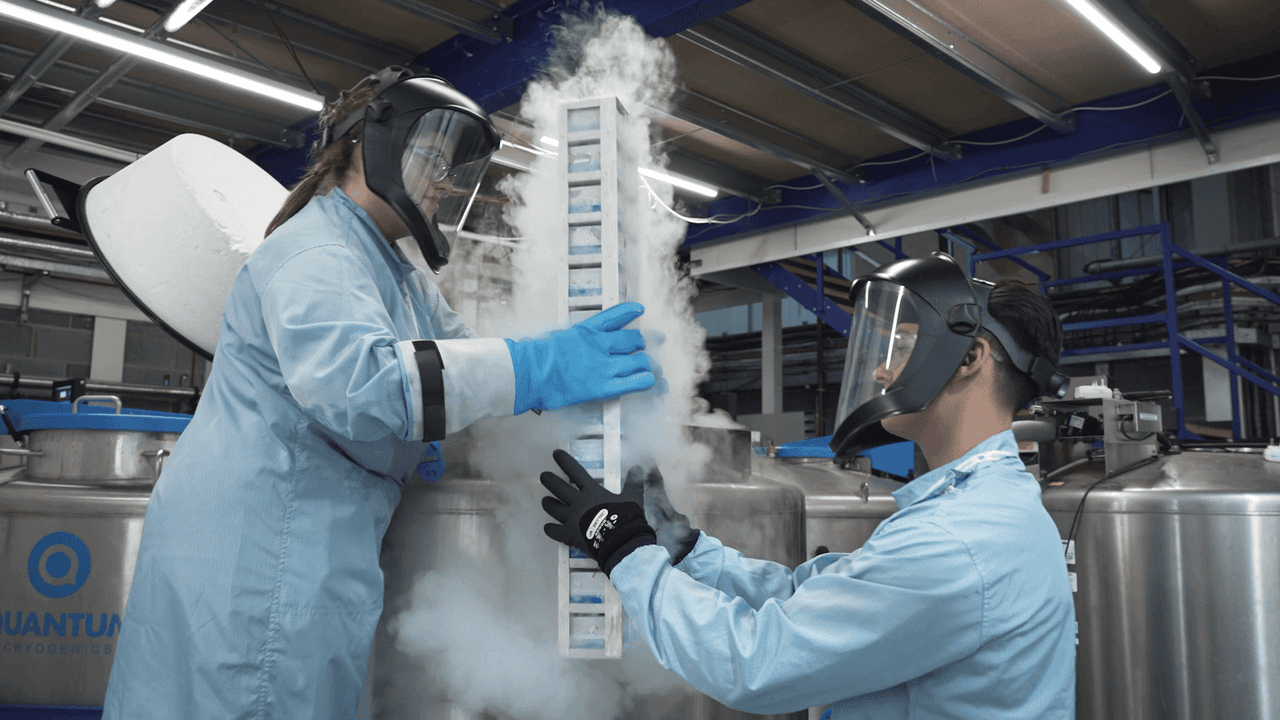
Source: Sky News
As the project moves forward, UK Biobank is already planning its next phase. The organization aims to re-scan 60,000 of the initial 100,000 participants to provide new insights into the hidden changes our bodies undergo as we age
3
. This longitudinal approach will further enhance our understanding of disease progression and aging processes.Data Security and Ethical Considerations
With the growing scale and value of the UK Biobank dataset, questions about data protection and access are paramount. Professor Naomi Allen, chief scientist at UK Biobank, assured that the security of anonymized data is under constant review. Approved researchers undergo careful vetting to ensure they are conducting health research in the public interest
3
.References
Summarized by
Navi
[1]
[2]
Related Stories
AI Model 'Foresight' Trained on 57 Million NHS Health Records to Predict Future Illnesses
07 May 2025•Health
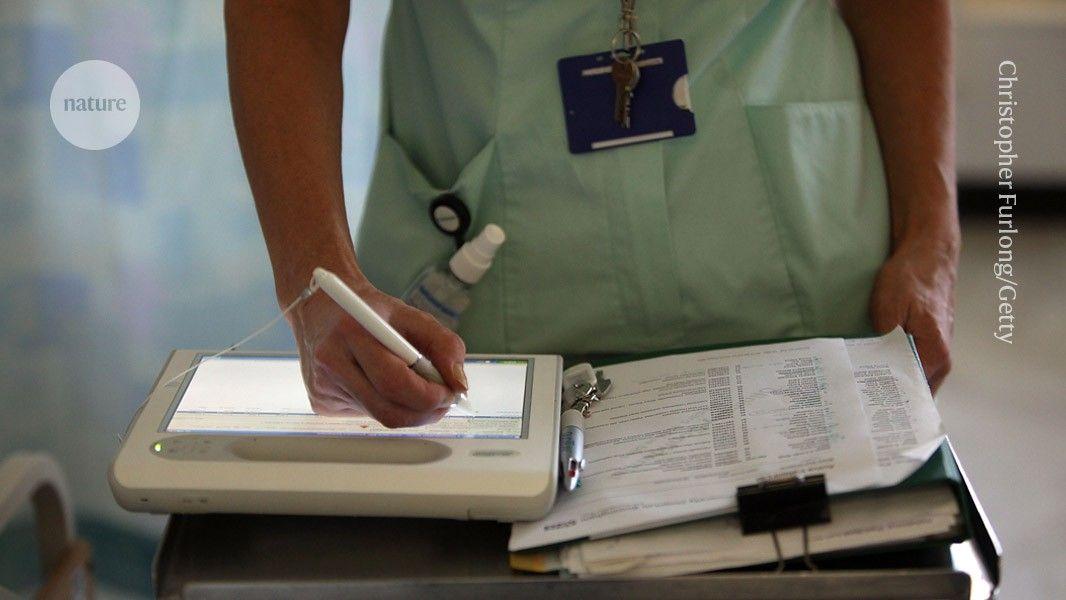
Human Cell Atlas Project Leverages AI to Transform Understanding of Disease
21 Nov 2024•Science and Research

AI-Powered Analysis of Brain Scans to Revolutionize Early Dementia Detection
26 Aug 2024

Recent Highlights
1
Google launches Gemini 3 Flash as default AI model, delivering speed with Pro-grade reasoning
Technology
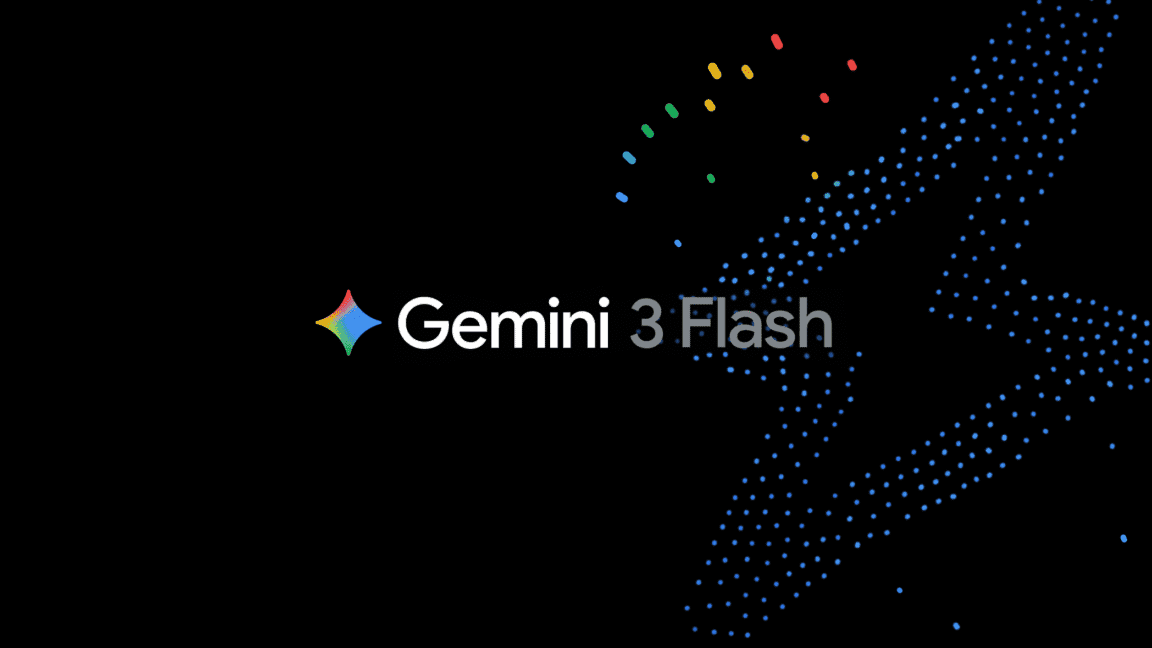
2
OpenAI launches GPT Image 1.5 as AI image generator war with Google intensifies
Technology

3
OpenAI launches ChatGPT app store, opening doors for third-party developers to build AI-powered apps
Technology



